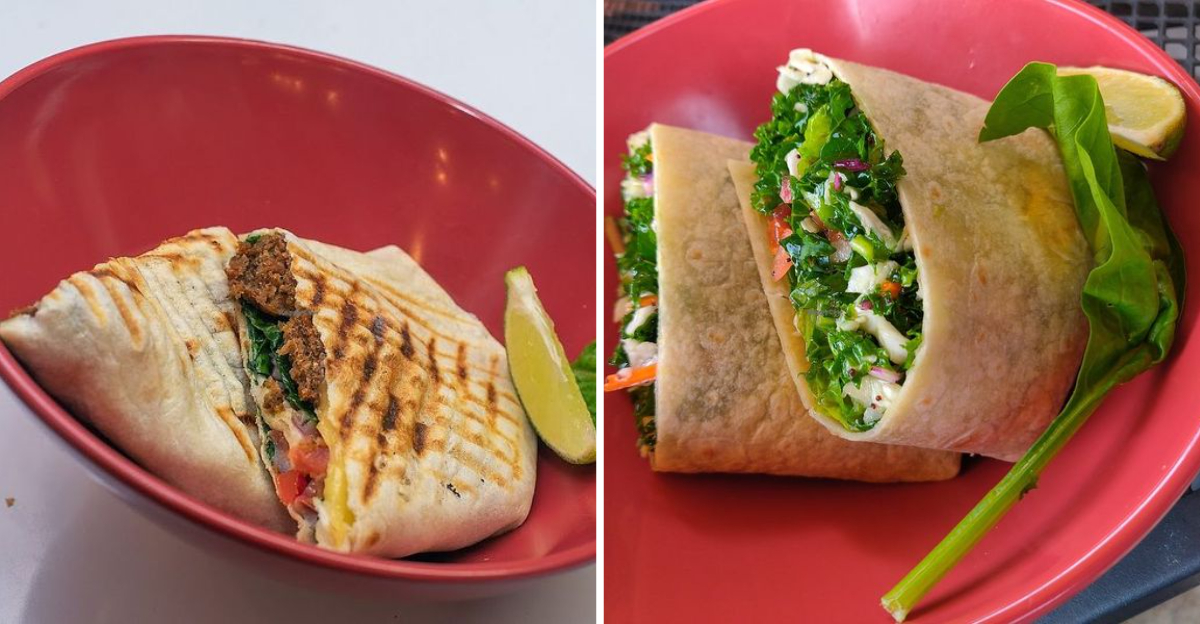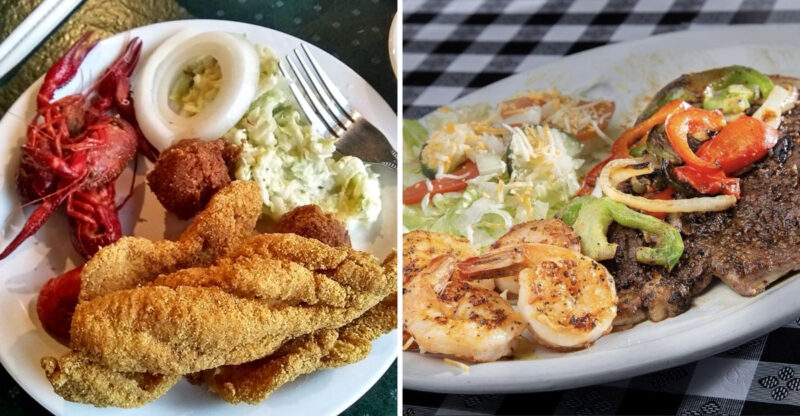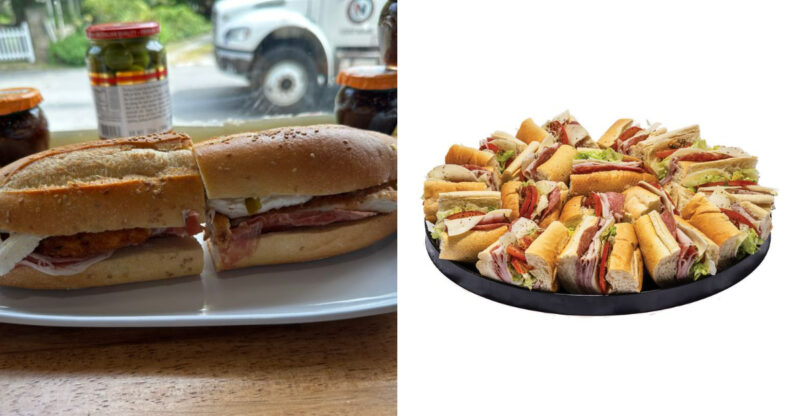The 1980s Georgia Restaurant Chain That Was Too Cool To Survive

Bright signs promised flavor without guilt, drawing in crowds curious about a new kind of fast food. Behind the counter, burgers sizzled with less fat, salads gleamed under cool lights, and optimism filled the air.
In Georgia, D’Lites tried to change how America ate – offering balance in a world built on excess. For a moment, it worked. Then the dream faded, leaving behind a story as fascinating as the idea itself.
1. The Birth Of D’Lites in Norcross, Georgia
Founded in 1978, D’Lites opened its doors in Norcross with a mission that seemed almost revolutionary for the era. Entrepreneurs saw an opportunity to blend convenience with nutrition, creating a fast-food spot that didn’t sacrifice wellness for speed.
The suburban Atlanta location became the testing ground for a concept that would challenge industry giants. Early customers were curious, health-conscious folks willing to try something different from the usual burger joints.
2. A Health-Focused Fast Food Concept Before Its Time
While McDonald’s and Burger King were perfecting the art of indulgence, D’Lites took a completely different path. The chain marketed itself as the guilt-free alternative, appealing to joggers, aerobics enthusiasts, and anyone watching their waistline.
Calorie counts appeared on menus long before regulations required them. The restaurants featured bright, clean spaces that felt more like cafeterias than typical greasy spoons, setting a tone that matched their wholesome message.
3. The Lean Hamburgers, High-Fiber Buns And Salad Bars
Menu items read like a nutritionist’s dream come true. Burgers contained less fat than competitors, buns packed extra fiber, and salad bars offered fresh vegetables when most chains barely acknowledged produce existed.
Quarter-pound patties had about 275 calories compared to 400-plus elsewhere. Toppings stayed simple and fresh, letting the quality ingredients speak for themselves rather than drowning everything in special sauce and cheese.
4. Rapid Expansion To 100 Locations Across 19 States
Success came quickly, maybe too quickly. Within just a few years, D’Lites grew from a single Georgia location to over 100 restaurants spread across nearly 20 states.
Franchise agreements multiplied as investors bought into the healthy eating wave. Cities from coast to coast suddenly had their own D’Lites, each promising the same nutritious menu and clean atmosphere that made the original location popular among health-minded diners.
5. Celebrity Backers And Big Franchise Ambitions
High-profile investors saw gold in those lean burgers and salad bars. The franchise attracted backing from recognizable names who believed health food represented the future of American dining.
Ambitious plans called for hundreds more locations nationwide. Marketing campaigns promised a revolution in how Americans ate on the go, positioning D’Lites as the smart choice for modern, active lifestyles that valued both convenience and wellness.
6. Why The Business Model Didn’t Fit The 1980s Market
Timing proved tricky. Although fitness culture was growing, most Americans still wanted their fast food cheap, filling, and frankly, loaded with flavor from fat and salt.
Higher ingredient costs meant D’Lites couldn’t compete on price with traditional chains. The health-conscious crowd remained a niche market, not large enough to support aggressive expansion when mainstream customers preferred dollar menus over dietary discipline.
7. The Collapse: Bankruptcy And Store Closures
Financial troubles mounted as sales failed to match expansion costs. By the mid-1980s, many locations were struggling, unable to attract enough customers to stay profitable.
Bankruptcy filings followed, and stores began closing their doors across the country. What started as a promising revolution ended quietly, with empty buildings and disappointed franchisees left wondering what went wrong with their healthy vision.
8. Legacy: How D’Lites Influenced Today’s Health-Focused Chains
Though D’Lites disappeared, the seeds it planted eventually grew. Today’s landscape includes chains like Sweetgreen, Chipotle, and Panera that successfully blend health with convenience.
Concepts D’Lites pioneered – calorie transparency, fresh ingredients, customizable options – now define the fast-casual category. The market finally caught up to what those Norcross founders understood decades too early, proving their vision was right even if their timing wasn’t.
9. What Happened To The Locations And Brand After Shutdown
After D’Lites’ closure, many of its locations were left abandoned or repurposed. Some became local diners, while others transformed into entirely different businesses. The brand itself faded, leaving behind a legacy of innovation and a cautionary tale of timing.
The buildings, once bustling with health-conscious patrons, now stand as reminders of a bold experiment. However, some enthusiasts remember D’Lites fondly, seeking out memorabilia and stories.
10. Lessons From D’Lites About Growth, Timing, And Trends
D’Lites demonstrates the importance of aligning business goals with prevailing consumer trends. Their focus on health was revolutionary but perhaps premature for a market still enamored with indulgence. The experience underscores the significance of timing in business success.
While their vision was sound, the execution clashed with the 1980s fast-food culture. Current health-focused chains have learned from D’Lites’ journey, balancing innovation with consumer readiness. This lesson in strategic growth highlights the necessity of understanding market dynamics and consumer behavior for lasting impact.





